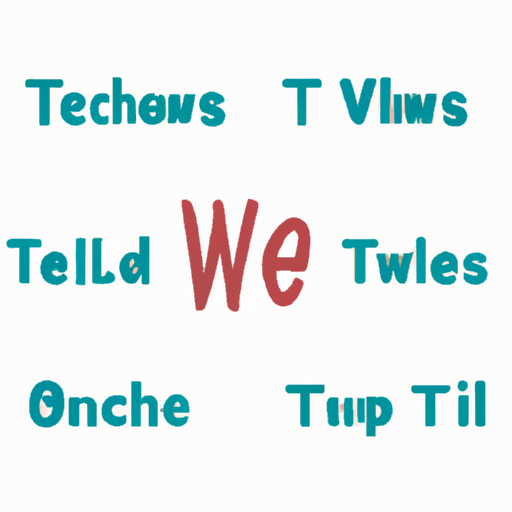
A Teacher’s Guide to Vowel Teams: Tips and Techniques for Success
Teaching phonics can be a challenging task, especially when it comes to vowel teams. Vowel teams are pairs or groups of letters that combine to create a specific sound. These sounds can vary, and there are numerous vowel team combinations to be aware of. However, with the right strategies and techniques, educators can guide their students towards success in understanding and utilizing vowel teams effectively. This guide will provide teachers with tips and techniques to support their students in mastering these crucial phonics skills.
1. Introduce vowel teams explicitly:
Begin by explicitly introducing vowel teams to your students. Provide them with a clear explanation of what a vowel team is and examples of common vowel teams such as “ai,” “ea,” and “ou”. Use visual aids, flashcards, or interactive online resources to ensure students understand the concept and can recognize different vowel teams.
2. Teach the individual sounds:
It is important to explain to students that each vowel team has its own unique sound. For example, the “ai” team makes the /ā/ sound in words like “rain.” Focus on teaching the individual sounds of each vowel team separately before combining them in words. This approach helps students develop a solid foundation and reduces confusion.
3. Provide ample practice opportunities:
Repetition and practice are key to mastering vowel teams. Design various activities and games that allow students to practice identifying and using different vowel teams. Use worksheets, word sorts, and interactive phonics apps to engage students in learning vowel team patterns. Encourage them to listen for vowel teams in novels, poems, or simple sentences during reading activities.
4. Teach vowel team patterns in context:
While it’s important to teach vowel teams individually, it’s equally important to help students recognize these patterns in words. Present real-life examples by using words from reading materials or incorporating vocabulary words related to their subjects. By integrating vowel teams into context, students will understand how to apply them to their reading and writing.
5. Integrate multisensory activities:
Engage multiple senses in your teaching approach. Implement tactile activities, such as creating vowel team flashcards for students to touch and manipulate. Use auditory activities, like playing vowel team bingo or using online videos to reinforce vowel sounds. A hands-on and multisensory approach appeals to different learning styles and makes the learning experience more enjoyable.
6. Scaffold learning with word banks:
Provide students with word banks grouped by specific vowel team patterns. When they encounter a new word, encourage them to refer to the relevant word bank to identify the vowel team pattern. Gradually decrease the support as they gain confidence and become more independent in recognizing and decoding vowel team words.
7. Encourage word-building and word recognition exercises:
Incorporate activities that allow students to create and recognize words with vowel teams. Provide them with magnetic letters, letter tiles, or interactive whiteboards to manipulate vowel teams and other letter combinations. Encourage students to build words and read them aloud. This practice strengthens their phonetic decoding skills and promotes word recognition.
8. Utilize technology:
Take advantage of the countless online resources available to support vowel team teaching. There are various educational websites, phonics apps, and interactive games that engage students while providing practice with vowel teams. Use multimedia resources to enhance student engagement and comprehension.
9. Differentiate instruction:
Recognize that students have different learning speeds and abilities. Differentiate your instruction accordingly to meet the needs of all learners. Provide additional support or challenging tasks when necessary. Small group instruction or one-on-one sessions can help address individual strengths and weaknesses.
10. Extend learning through authentic reading and writing:
To solidify students’ understanding of vowel teams, incorporate reading and writing activities that allow them to apply their knowledge in real-life contexts. Provide opportunities for independent reading and creative writing that encompass words with vowel teams. Encourage students to explore vowel team patterns on their own and recognize them in everyday reading materials.
In conclusion, teaching vowel teams successfully requires explicit instruction, ample practice, and a multisensory approach. Engage students with a variety of activities, games, and technology-based resources, and provide scaffolding as needed. By integrating vowel teams into context, differentiating instruction, and promoting authentic reading and writing, teachers can guide their students towards proficiency in decoding and utilizing vowel teams effectively.


















